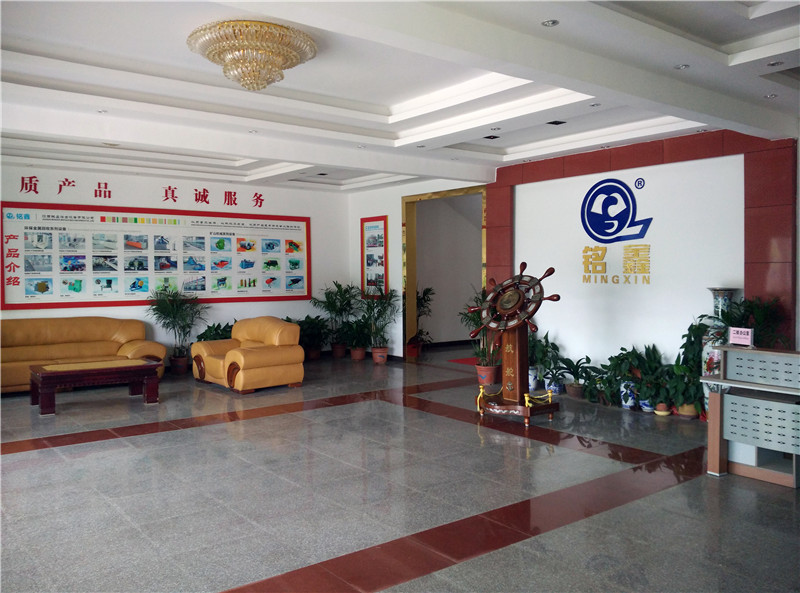With the rapid development of technology, lithium-ion batteries have become an integral part of our daily lives, from smartphones to electric cars, they provide a powerful power for modern life. However, the safety of lithium-ion batteries is also a growing concern, especially the safety risks that may arise when the battery is damaged. This article will explore the causes of lithium-ion battery breakage, the potential risks, and how to prevent and respond to battery breakage. Lithium-ion battery damage may be caused by a variety of factors, including: 1. Physical damage, such as falling, bumping, or squeezing, may cause the battery housing to rupture, resulting in an internal short circuit. 2. Overcharge or overdischarge: During the charging or discharging process, if the battery exceeds its design limit, it may cause the chemical reaction inside the battery to get out of control, and then damage the battery. 3. Abnormal temperature: Extreme high or low temperature environments may affect the performance and stability of the battery, and long-term exposure to these conditions may cause battery damage. 4. Manufacturing defects: Defects that may exist in the production process of the battery, such as impure materials or improper structural design, may also cause the battery to be damaged during use. 1. Thermal runaway: After the battery is damaged, the internal chemical reaction may be out of control, causing the battery temperature to rise sharply, and even causing a fire or explosion. 2. Chemical leakage: Battery damage may lead to electrolyte leakage, and these chemicals may cause harm to the environment and human health. 3. Performance degradation: Even if there is no serious safety accident, battery damage may cause its performance to deteriorate and affect the use of the device. Strategies to prevent lithium-ion battery damage 1. Correct use: Follow the device manufacturer's use guidelines to avoid overcharging, overdischarging and using the battery at extreme temperatures. 2. Proper storage: When the battery is not in use, it should be stored in a dry and cool place to avoid physical damage. 3. Regular inspection: Check the appearance and performance of the battery regularly, and timely discover and replace the battery with signs of damage. 4. Choose high-quality products: When purchasing batteries, choose well-known brands and products that have been certified for safety to reduce the risk of battery breakage. 1. Power off immediately: Once the battery is found to be damaged, the power supply should be cut off immediately to avoid further chemical reactions. 2. Away from fire: Keep the damaged battery away from fire and flammable materials to prevent fire. 3. Professional treatment: Damaged batteries should be handled by professionals to avoid disassembling or discarding themselves, so as not to cause environmental pollution or safety accidents. 4. Get help: If you are unsure how to dispose of a damaged battery, contact the battery manufacturer or a professional recycling agency for help. Summary: Lithium-ion batteries bring convenience to our modern life, but they also bring certain safety risks. By understanding the causes and potential risks of battery breakage, as well as taking appropriate prevention and response measures, we can minimize these risks and ensure the safe use of lithium-ion batteries.











